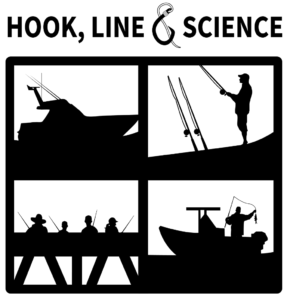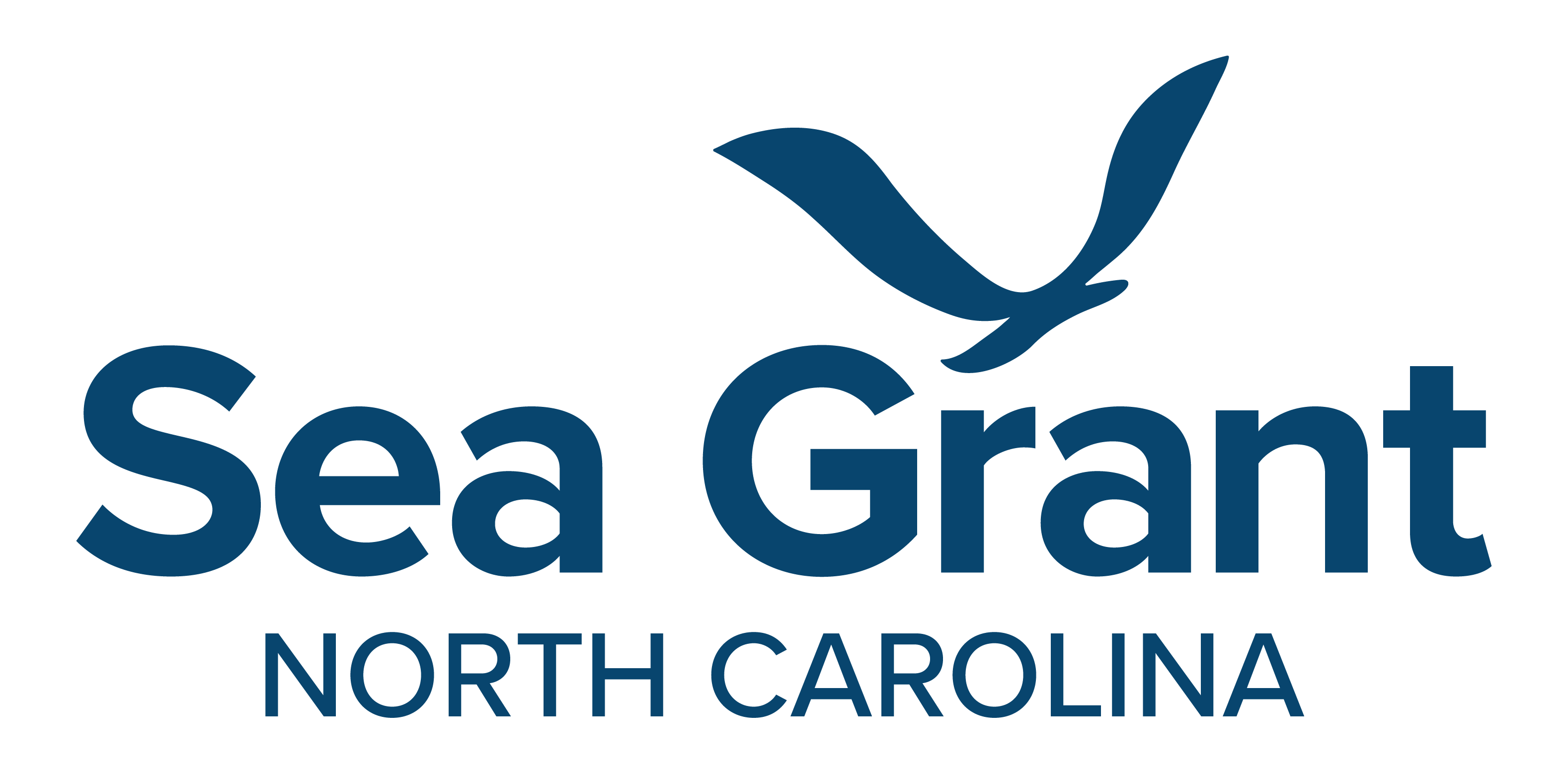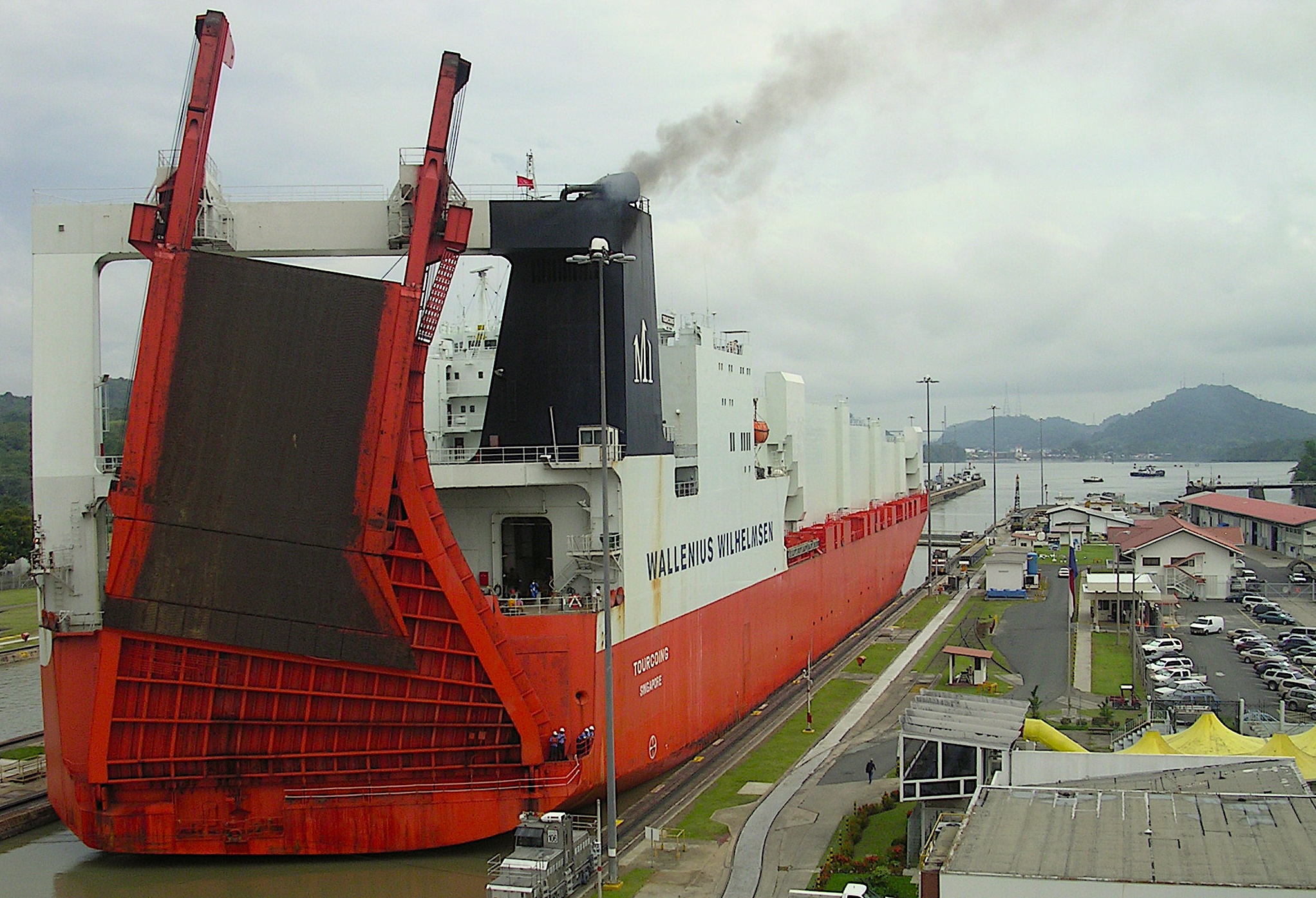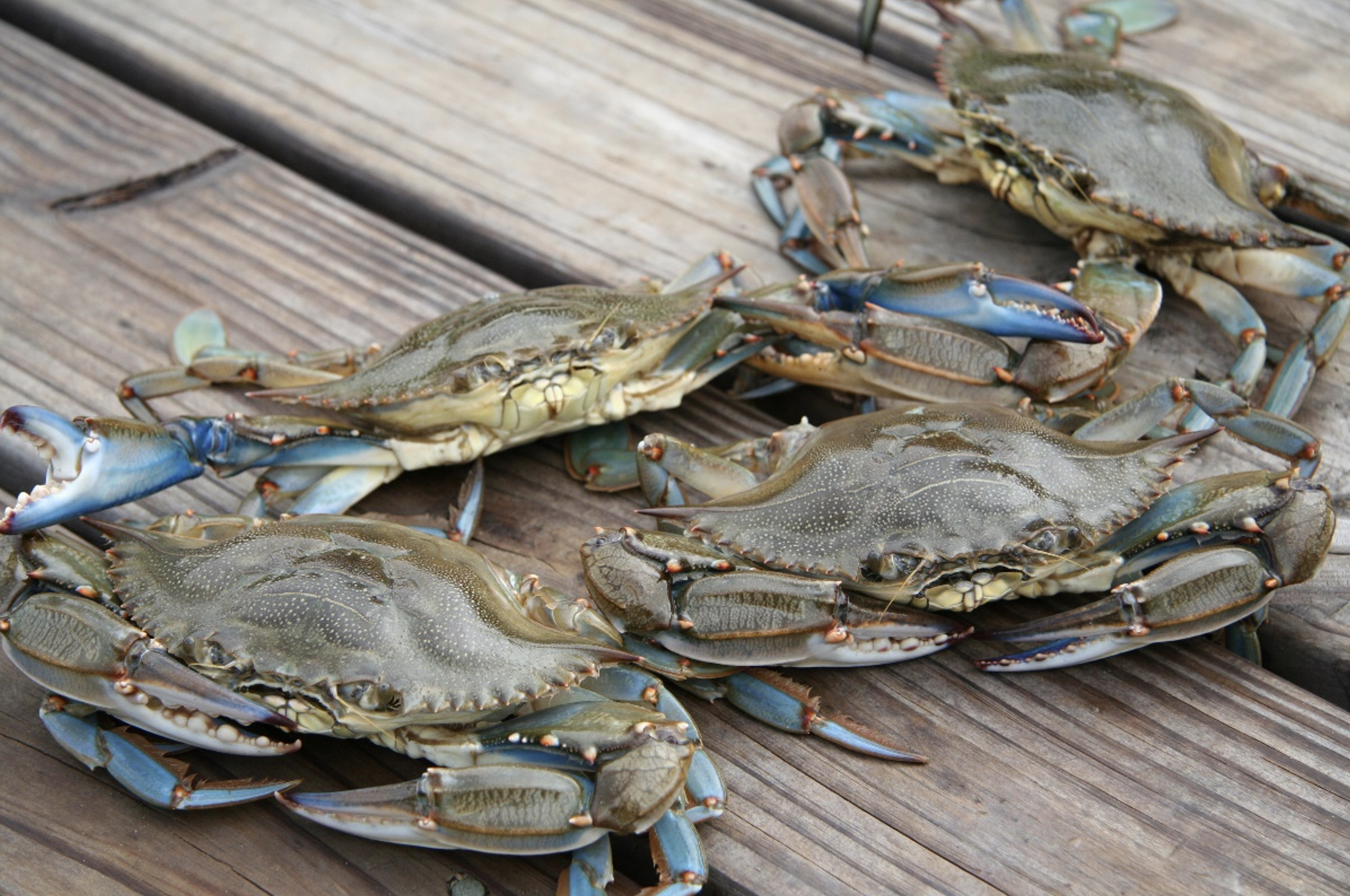Panama Canal expansion reshapes local ecosystems.
Research Need
The Panama Canal connects the Pacific Ocean and Atlantic Ocean, making it a critical route for global maritime trade. However, this interoceanic link also increases the risk of unintended introductions of marine species, as ships can inadvertently carry organisms across ocean basins.
The canal’s recent expansion has raised concerns about its new capacity to facilitate the movement of marine species. With more direct routes and increased water flow, understanding how this expansion may affect aquatic biodiversity is important for both ecological health and local livelihoods.
What Did They Study?
Researchers analyzed fish community data from Gatun Lake, a central freshwater body in the canal system, before (2013–2016) and after (2019–2023) the canal’s expansion. They investigated the sizes of fish populations, species composition, and the origins of introduced species to determine whether the expansion altered the ecosystem and increased the likelihood of species movement between the Pacific and Atlantic Oceans.
This long-term dataset allowed scientists to examine the ecological impact of the infrastructural changes on the connectivity between ocean basins.
What Did They Find?
Post-expansion, the fish community became more abundant and active. In addition, the composition of the fish community shifted, also significantly. Before expansion, the canal was mostly inhabited by introduced freshwater species (57%), introduced marine species (26%), and local freshwater species (17%). After expansion, introduced marine species became dominant, making up 76% of the catch, while introduced freshwater species dropped to 13% and local freshwater species to 11%.
Large marine predators dominate the lake’s ecosystem after the canal’s expansion, signaling a fundamental reorganization of the food web in the area.
What Else Did They Find?
While most introduced marine species in the area originate from the Atlantic Ocean, four out of the five Pacific-origin fish species were detected only after the canal’s expansion. This suggests that the expanded canal has increased movement from the Pacific Ocean, raising concerns about the two-way interoceanic travel of species.
So What?
The dominance of large marine predators poses serious ecological risks. Top predator introductions are associated with the loss of local fish species, bottom-dwelling invertebrates, and zooplankton, which can set off a chain reaction in the food web that causes phytoplankton to grow out of control, potentially harming water quality and oxygen levels.
Moreover, the evolving fish community affects local fishing practices, as artisanal fishers must adapt to new species and altered food webs.
Finally, this rapidly changing environment offers a unique natural laboratory to study how marine species adapt to freshwater systems, offering insights into evolution under rapid environmental change.
Reading
Castellanos-Galindo, G. A., Sharpe, D. M. T., Robertson, D. R., Bravo, V., Jeschke, J. M., & Torchin, M. E.(2025). New fish migrations into the Panama Canal increase likelihood of interoceanic invasions in the Americas. Current Biology, 35(6), 1364-1372.e2. https://doi.org/10.1016/j.cub.2025.01.049
G. A. Castellanos-Galindo received funding for this study from the Deutsche Forschungsgemeinschaft (DFG, German Research Foundation; CA 2261/3-1, project number 471823073) and a STRI Fellowship. Additional support for fieldwork was provided by the National Geographic Society (grant #3221-4 to D. M. T. S.).
lead image: Miraflores locks, Panama Canal.
Credit: Dozenist/CC BY-SA 3.0.
The text from Hook, Line & Science is available to reprint and republish at no cost, but only in its entirety and with this attribution: Hook, Line & Science, courtesy of Scott Baker and Sara Mirabilio, North Carolina Sea Grant.

- Categories:




